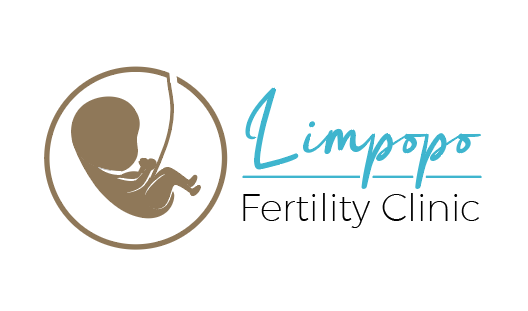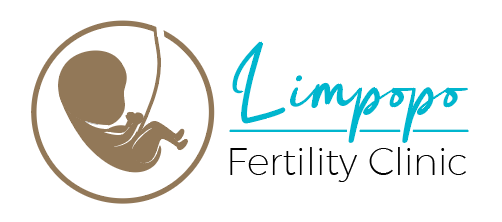We answer your most common questions about how to get pregnant and what to do if you’re having problems.
FAQ
Frequently asked fertility questions
It may seem obvious, but the best way to maximise your chances of getting pregnant is to have frequent intercourse throughout your cycle. By trying to identify your most fertile time (the few days leading up to ovulation), you will increase your chances even further by monitoring fertility clues. In the right kind of environment, sperm can survive for up to five days inside the cervix so aim to have intercourse every 1-2 days throughout your fertile time. The day you ovulate and those immediately before it, are the best time to have intercourse, as unlike sperm, the egg only survives for up to 24 hours after ovulation.
It makes sense to be in good health when trying for a baby too, so cut back on your alcohol intake, give up smoking and eat a well-balanced diet with lots of fresh fruit and vegetables.
There’s no evidence that certain sex positions, such as having a pillow under your bottom to tilt your uterus or keeping your legs in the air afterwards can increase your chances of getting pregnant. Sperm can swim fast enough without the help of gravity in fact, in the right environment, the strongest sperm can swim through the cervix and into the womb in around two minutes.
The most important thing is the frequency and timing of intercourse.
No, not unless your cycle is irregular, making it harder for you to know when you ovulate. Most women have varying cycles throughout their life, becoming a little longer or shorter as they get older. As long as you can pinpoint the days in the cycle when you’re likely to ovulate, your cycle length shouldn’t have a negative effect on your fertility.
Tune into your body around ovulation time. Some women experience sharp twinges or period like pains in the abdomen called Mittelschmerz, as the egg is released from the ovary. Just before ovulation, your cervical mucus also changes in consistency to become thin, slippery, similar to raw egg white. Ovulation usually occurs around 14 days before the start of your next period.
If you don’t have regular cycles and want to pinpoint when ovulation occurs, you could try monitoring your basal body temperature. Your body temperature rises by approximately 0.2 degrees celsius at ovulation and should remain high for the rest of the cycle.
A positive diagnosis does not mean you can’t have children. The good news is that there are now ways available to lower the risk of passing HIV to your unborn baby to almost zero.
The good news is that there are no ways available to lower the risk of passing HIV to your unborn baby to almost zero.
There are medical risks associated with termination of pregnancy, although they are relatively minor and should not affect your chances of becoming pregnant and having normal pregnancies in the future. In fact, as you have been pregnant before this means you are more likely to achieve a future pregnancy.
The main risk of fertility problems from an abortion comes from possible infection of the Fallopian tubes which can lead to scarring and blockage. Any blockage would prevent eggs released at ovulation from moving down into the uterus. That’s why it’s important that your doctor or specialist know your full medical history, so that they can decide whether internal investigations are necessary to check for this sort of damage.
Previously using contraception shouldn’t have any effect on your ability to have children. Indeed, experts no longer believe it’s necessary to wait until you’ve had a cycle or two before trying to conceive. Your fertility should return to normal after you stop contraception, although how quickly depends on the particular form of contraception. For example, the removal of an intrauterine device (IUD) can restore your fertility immediately, unlike a birth control implant which may take several months for the effects of an implant to wear off, so check with your doctor.
There’s no wrong or right amount of time to wait before going to see your doctor, but a lot will depend on your age and personal circumstances. If you are a couple under 35 years of age and have no reason to suspect problems, (for example, previous surgery or irregular periods), it is reasonable to try for a year before seeking help. However, women over 35 would be well advised to seek help earlier.
Sperm is classified in terms of count, (how many millions of sperm there are per sample), and quality, which include the motility (movement of sperm) and morphology (shape of sperm). To promote good sperm production, the optimum temperature is around 2 degrees celsius below body temperature, which is why the testes are outside of the body. To reduce heat around this area, encourage your partner to wear loose fitting underwear, take showers rather than hot baths and try to avoid sessions in the sonar. Excessive alcohol intake and smoking are also bad news for healthy sperm production so encourage your partner to cut down or quit altogether if possible. There are various theories about the particular vitamin and mineral supplements that can improve sperm quality, but no real research to back them up.
Your doctor can carry out an initial test to rule out obvious fertility problems before referring you for further investigations that are often carried out in hospital or at a fertility clinic. Routine fertility tests include a sperm analysis for the man and blood tests for the woman to make sure hormone levels are right and ovulation is occurring normally.
More complex tests, include ultrasounds and investigations to check your fallopian tubes are not obstructed.
Once the basic tests have been run and interpreted by your doctor, you’ll be in a better position to discuss where to go next. It might be a case of trying for a further few months and timing intercourse more carefully around ovulation, or you may feel the time is right to be referred on to a fertility clinic.
If you do go on for further investigations, in-vitro fertilisation (IVF) is not necessarily the next step as there are various low-level treatments which can be tried first, such as taking medication to help with ovulation.


